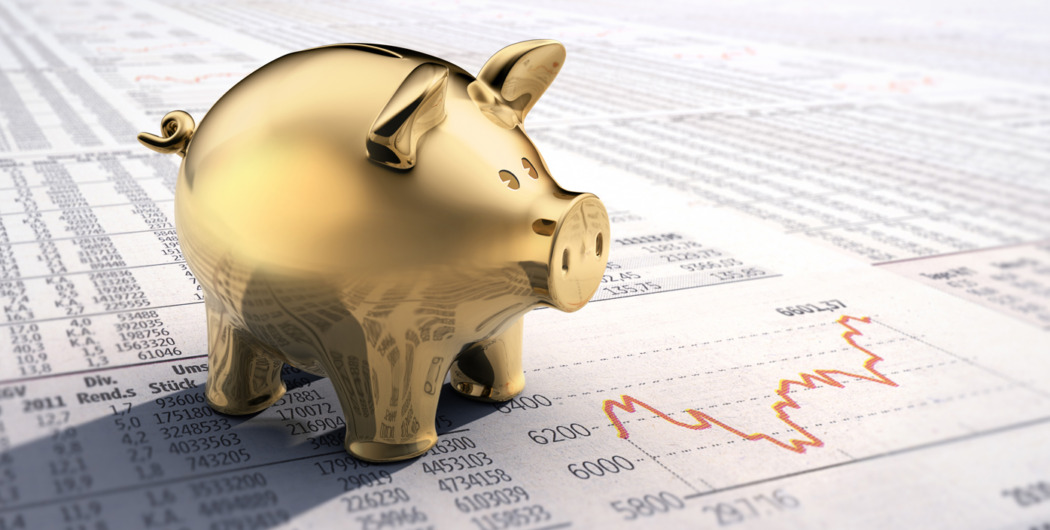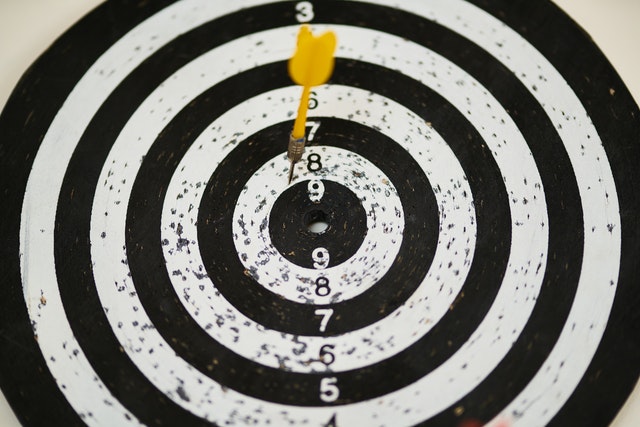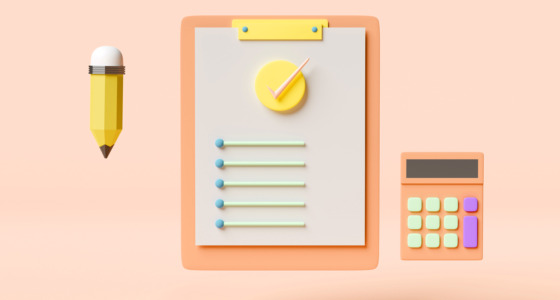

Every newbie trader asks how big their capital should be to start trading intraday. The answer depends on numerous factors.However, in India, the rules differ. Discover the amount of funds you need to trade intraday in India.
1. Check your account requirements and leverage
There is no minimum amount for stock trading in India. It means that you can start even if you have only Rs 5,000. A larger amount will just increase the chance of larger returns.
As there is no requirement for the minimum amount of funds, you should determine how much you can spend per day. The major rule is not to spend the capital you need for your daily routine, including food, housing costs, and medicine.
Moreover, Indian brokers provide leverage – a so-called loan that a broker gives a trader so they can open larger trades. For instance, if you have only Rs 10,000 but want to buy shares for 100,000, your broker can offer you leverage of 90,000. Remember that larger returns multiply risks, too. You should read the news to be up-to-date.
2. Set daily goals
As there is no minimum amount required, the first thing you need to do is define your daily goals. Be realistic. If you have Rs 5,000, you can’t earn Rs 50,000 within a day. Remember that you always risk 1/2 or 1/3 of your potential income. It means that if you expect to earn Rs 10,000 within a day, a part of your initial investments will be lost due to incorrect forecasts.

Also, you should remember that you can trade different assets. Their initial price and daily price change differ significantly. For instance, you can find a stock for Rs 1 and Rs 100,000.
Keep in mind that assets you invest in within a day should be highly liquid and volatile. It means that the price should change significantly, so you can get considerable returns. To determine how much the price may change within a day, check the average daily rate fluctuations and apply volume indicators.
Based on this information, you can set a goal for the day and define how many assets you need to buy to reach this number. Remember that it’s not enough to open only one trade to get returns, no matter how attractive its growth seems.
3. Review commissions and fees
To enter a stock market, you need to find a broker. Mostly, brokers apply a fee for every transaction made. Therefore, you should remember that if you have Rs 100, you may be able to spend only Rs 80; the rest will be paid for fees and commissions.
Brokerage fees
The brokerage fee usually varies from 0.03% to 0.05% per transaction. It depends on the type of broker – whether it’s a discount or full-service. The latter will require higher payments, as it provides more services, including trading tips and account management. It may imply fees between 0.03% to 0.05%, along with a minimum charge of around Rs. 30 per transaction. Discount brokers usually apply a flat fee per transaction.
Intraday brokerage charges are, on average, Rs. 220 per day.
There are brokers with zero brokerage charges and low fees. However, there are other commissions you should know about:
Securities Transaction Tax (STT)
STT= 0.025% of (number of stocks sold multiplied by stock price)
This tax is applied to a sale of equity via an intraday deal.
Transaction charges
Stock exchanges use transaction charges as a source of revenue, as they are private companies. The charges vary from exchange to exchange. As for the largest Indian marketplaces:
BSE – 0.00275% per transaction
NSE – 0.00325% per transaction.
Stamp duty
This fee varies depending on the area. Every contract must be stamped due to regulations determined by state governments. Your stamp duty will be calculated according to your registered correspondence address.

Example of a Day Trading Strategy in Action
Day trading focuses on buying and selling stocks at a quick rate, most of the time selling them on the same day. For example, a trader may use a technical pattern to see the development of stocks and how they performed over the past day or two. The trader may decide to use scalping as their main day trading strategy.
Looking at the charts of a certain stock that is currently priced at $15.50, they believe that it has the chance for one small increase throughout the day. They buy said stock, and then they sell it once it reaches $16. It can take a few minutes, or it may take a few hours. Once it is sold, they have a 50-cent profit for each share.
How Many Trades Can a Day Trader Make in a Day?
Usually, a day trader can make from one to five trades per hour. Usually, the trading day is very short, especially if the trader has a side job. Some traders that wish to trade all day need to use certain strategies to keep up with the market. Techniques such as algorithmic trading can increase the number of trades one can make per day. Most of these are automatic, which can increase your number of trades.
What Are the Financial Risks of Day Trading?
There are various risks to day trading, which is why many investors are not successful in the beginning. After all, you are relying on market volatility to increase stock prices throughout the day. At most, you can make an educated guess based on past charts. If it was not a good guess, then you risk going through losses instead of gains.
Day traders close their positions at the end of the trading day. This protects them from losses that may occur overnight, such as ones caused by a news event. That being said, if the event caused the stock to go up, day traders will feel that loss the next day.
If the stock prices begin moving quickly in the wrong direction without you noticing, this can lead to substantial financial losses. If you opt for leveraged investing, then you may lose even more money. Depending on the market, you may lose more than you invested, especially in fast-paced environments.
As a day trader, you can do more trades per day compared to someone that holds their spot open. You will pay more money in fees and commissions, each trade charging a different sum. Depending on your earnings, you may pay more in those extra charges than you can make a profit.
Day trading requires careful planning and forethought, along with a solid entry and exit strategy. If you don’t pay enough attention and don’t enter or exit at the appropriate time, you might lose even more money than you invested. This puts you at even more risk if you have a day job and cannot pay constant attention to your trades.
Final thoughts
When trading intraday, you should consider various commissions and fees that will be applied to numerous trades opened within a day. Also, there is a general rule for all intraday traders: don’t spend more than 2% of your trading capital for one trade. Diversify your funds among several trades, so you will hedge the risks.









